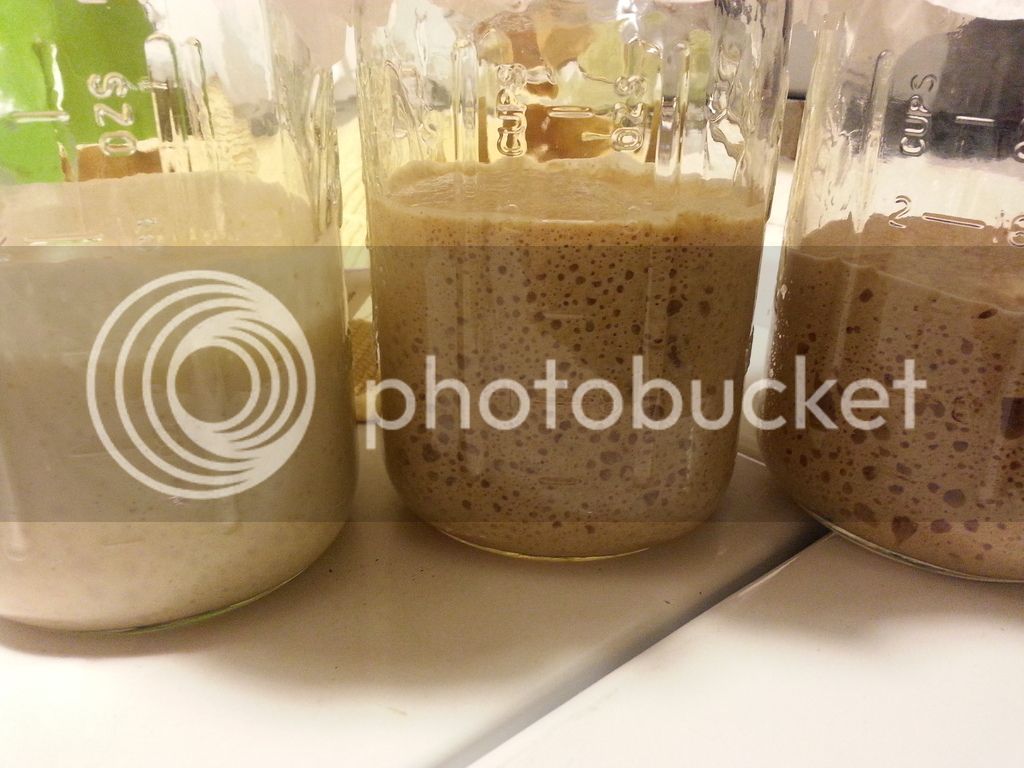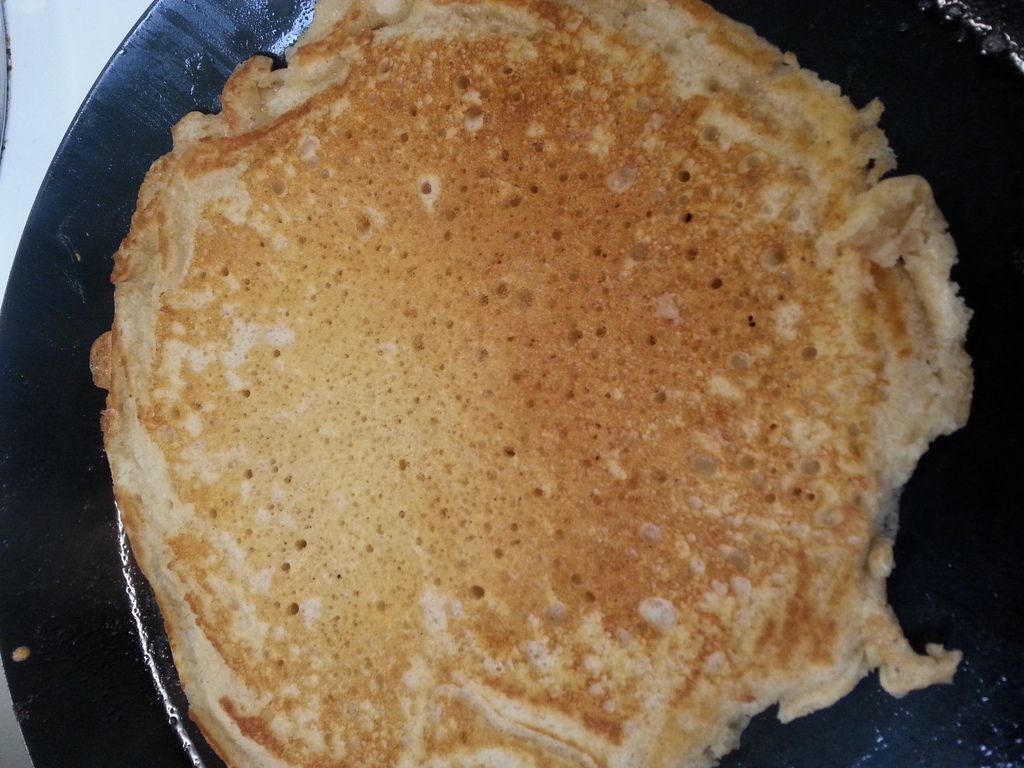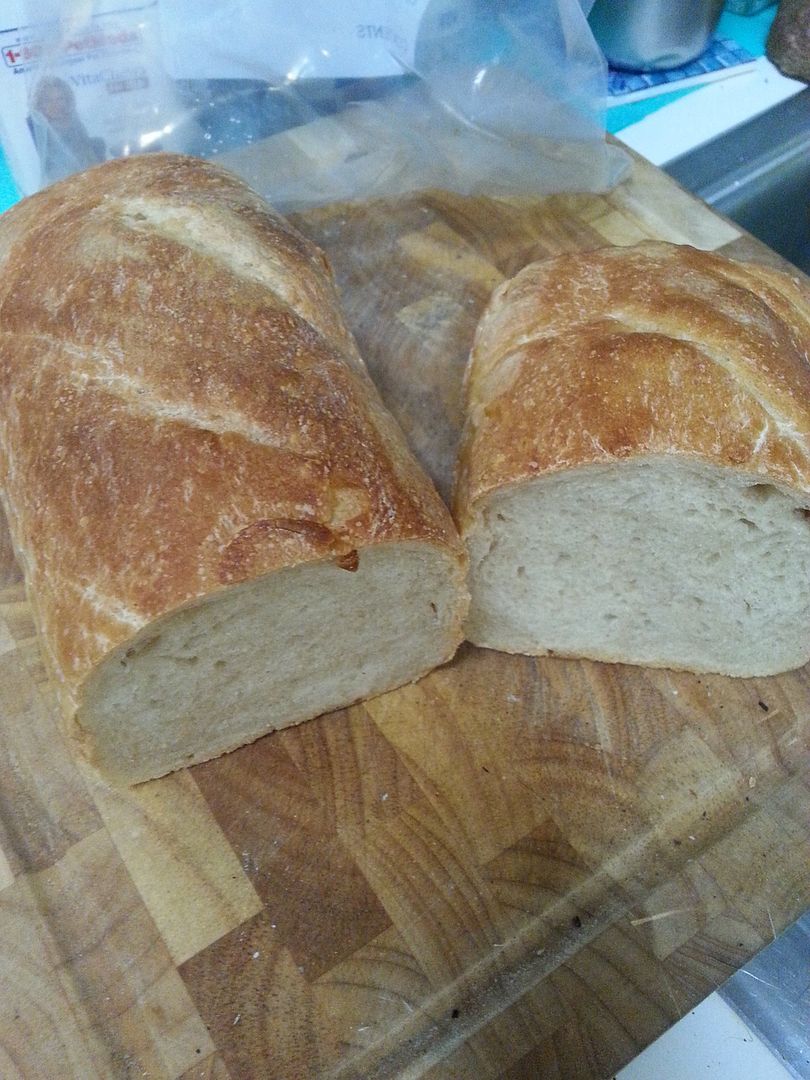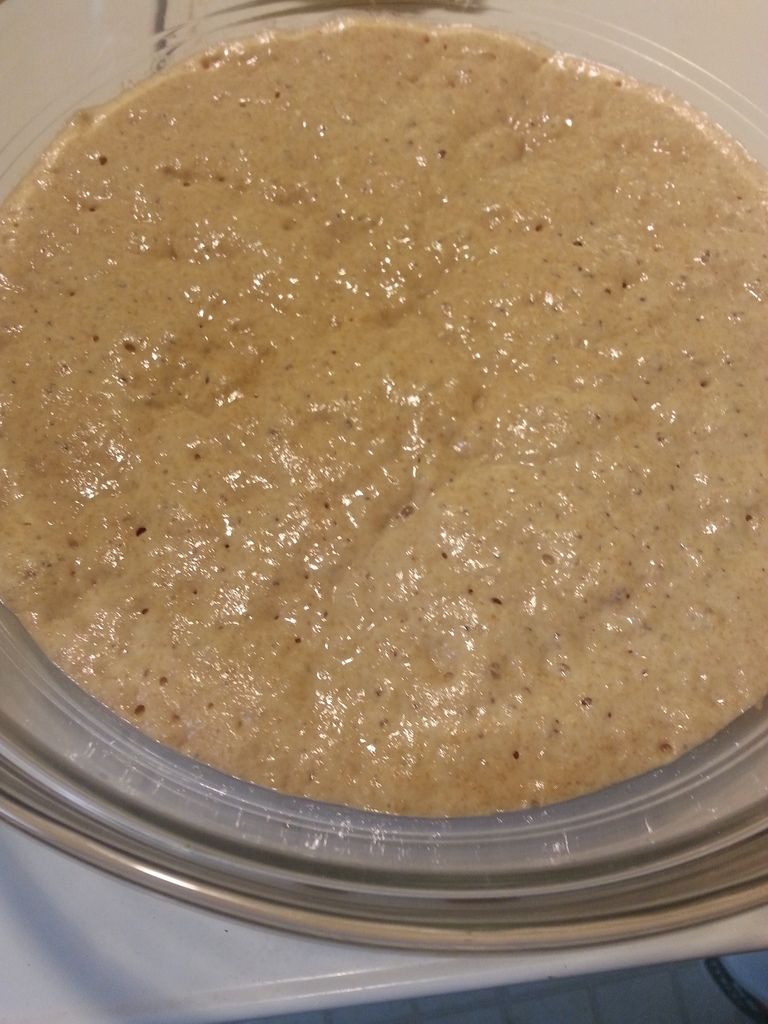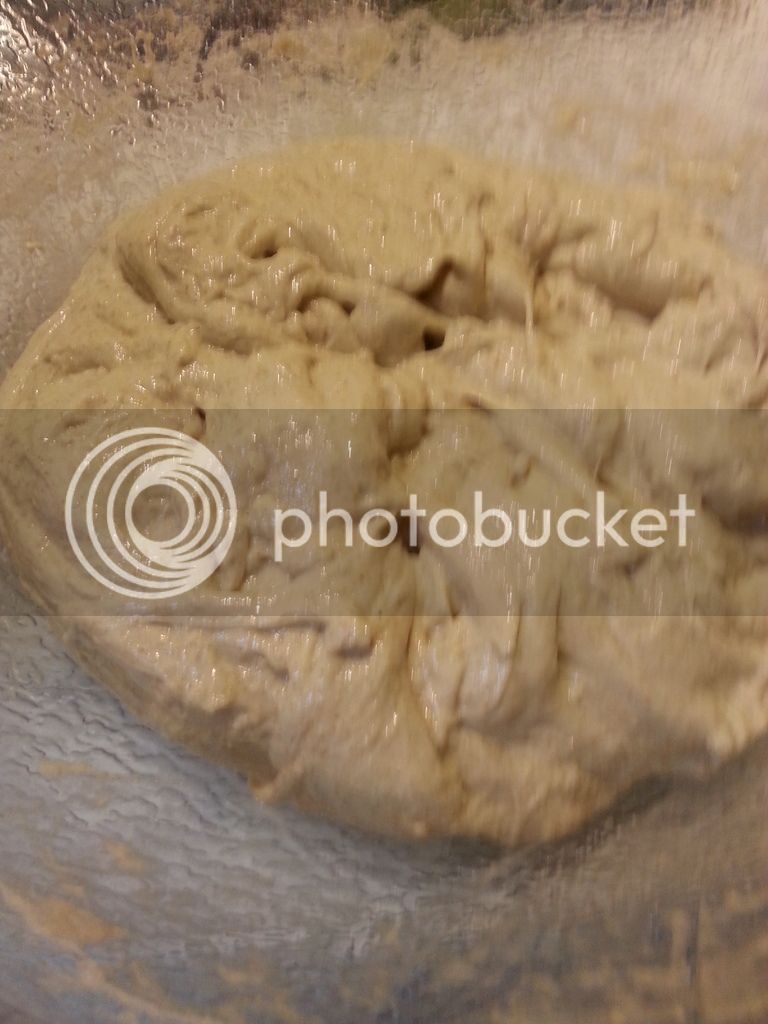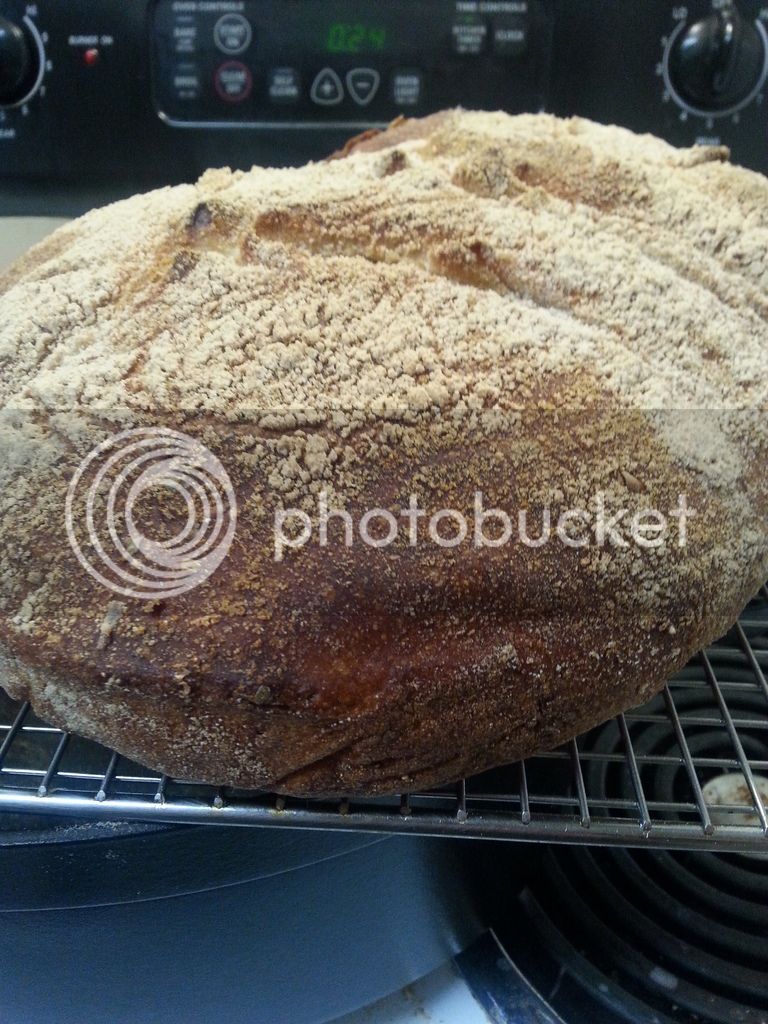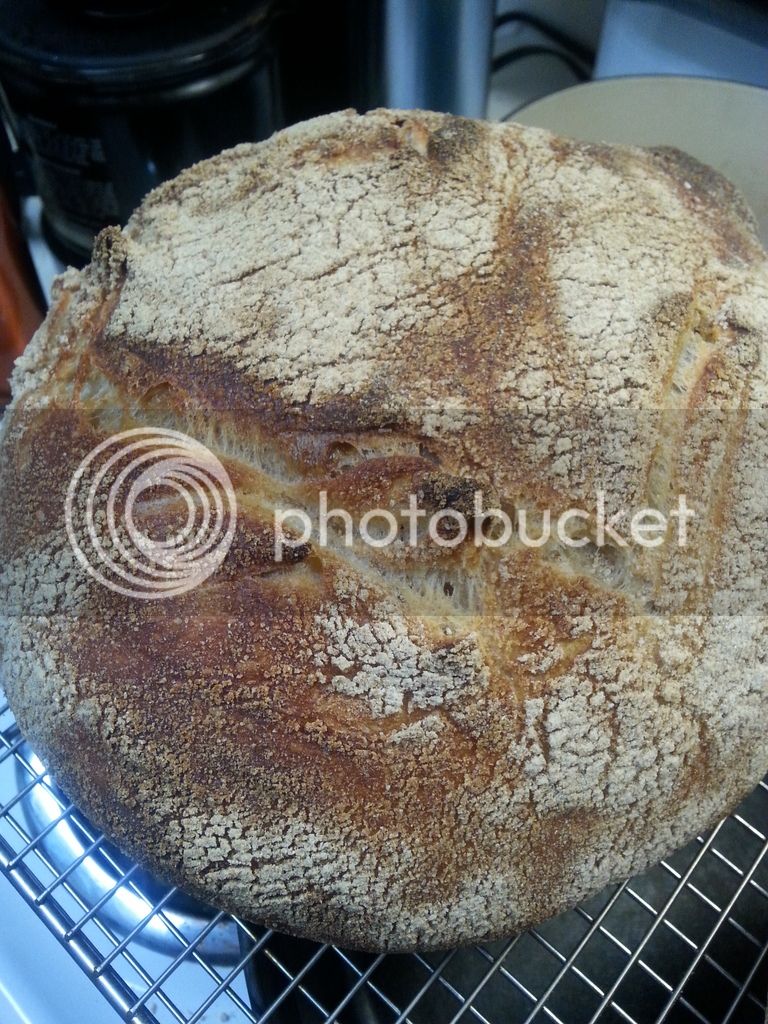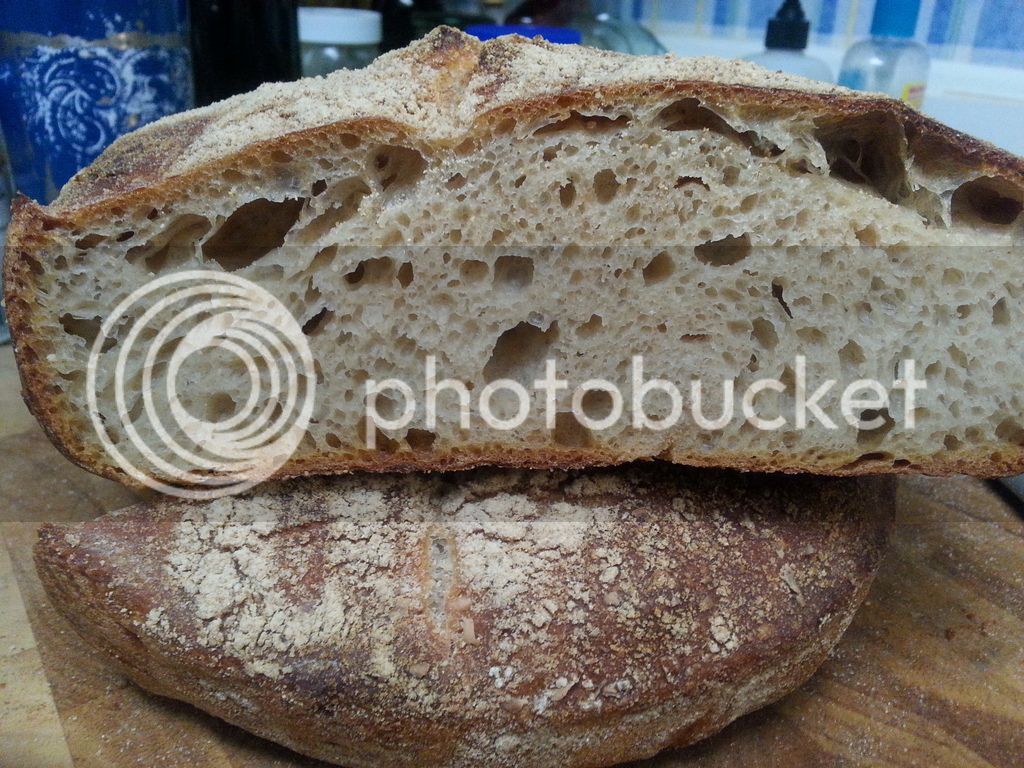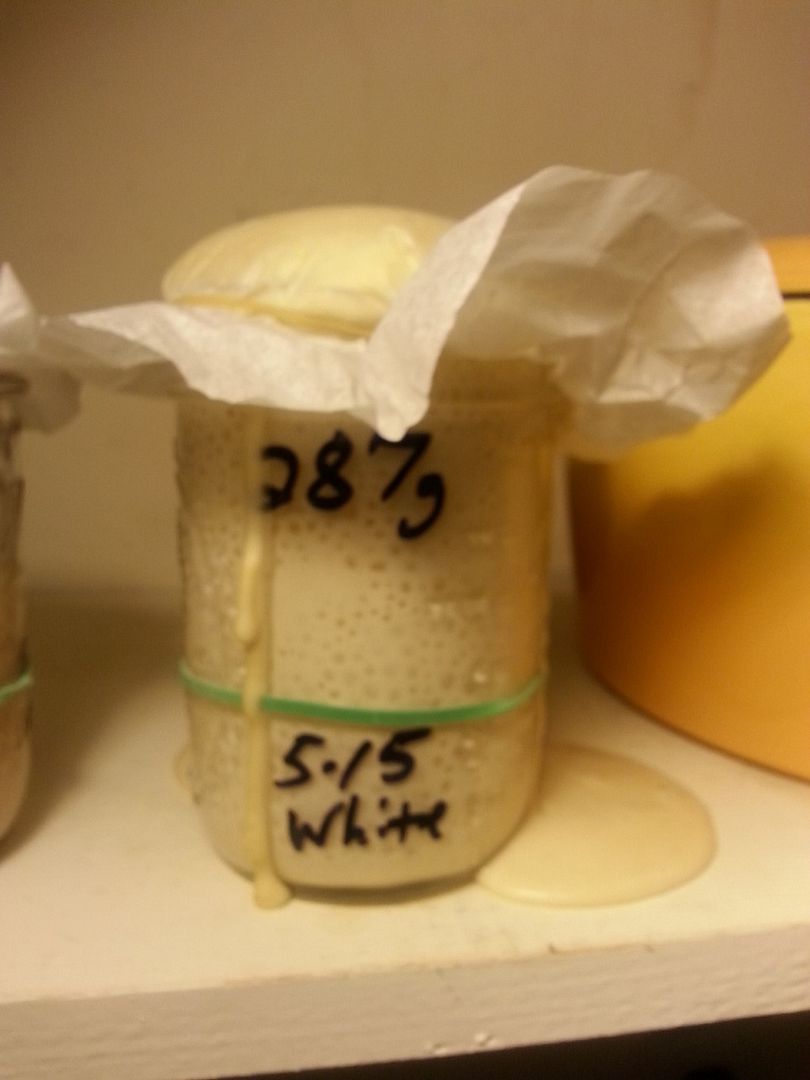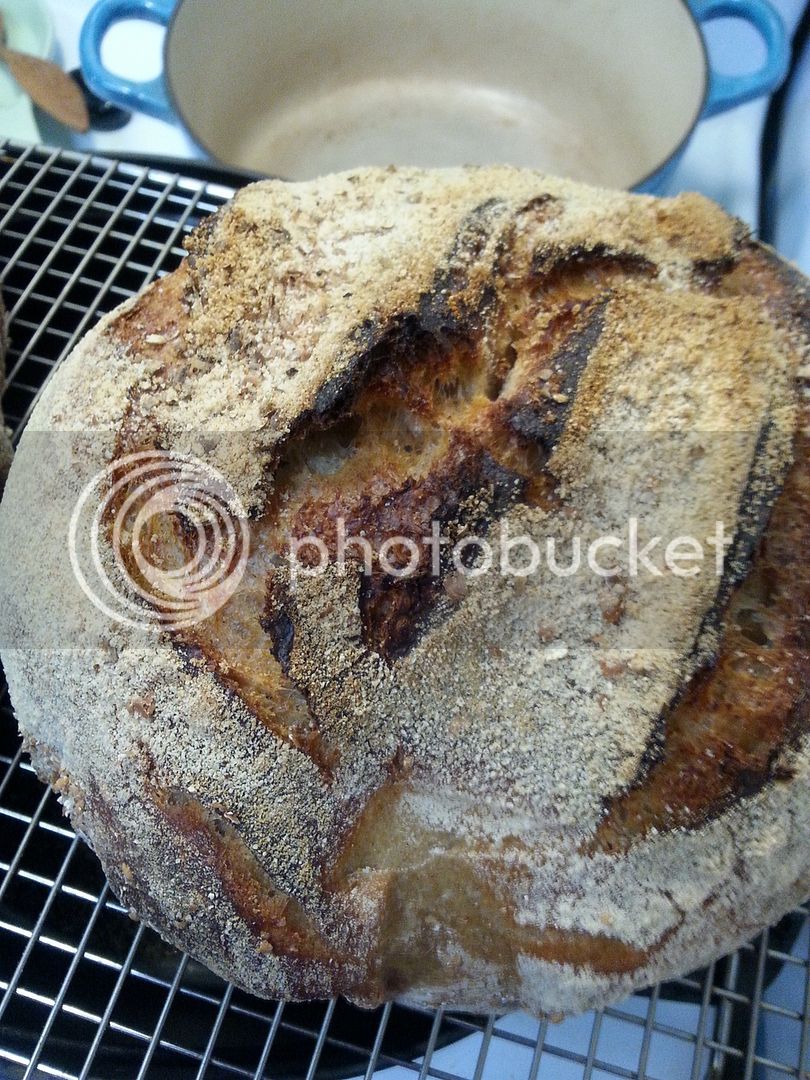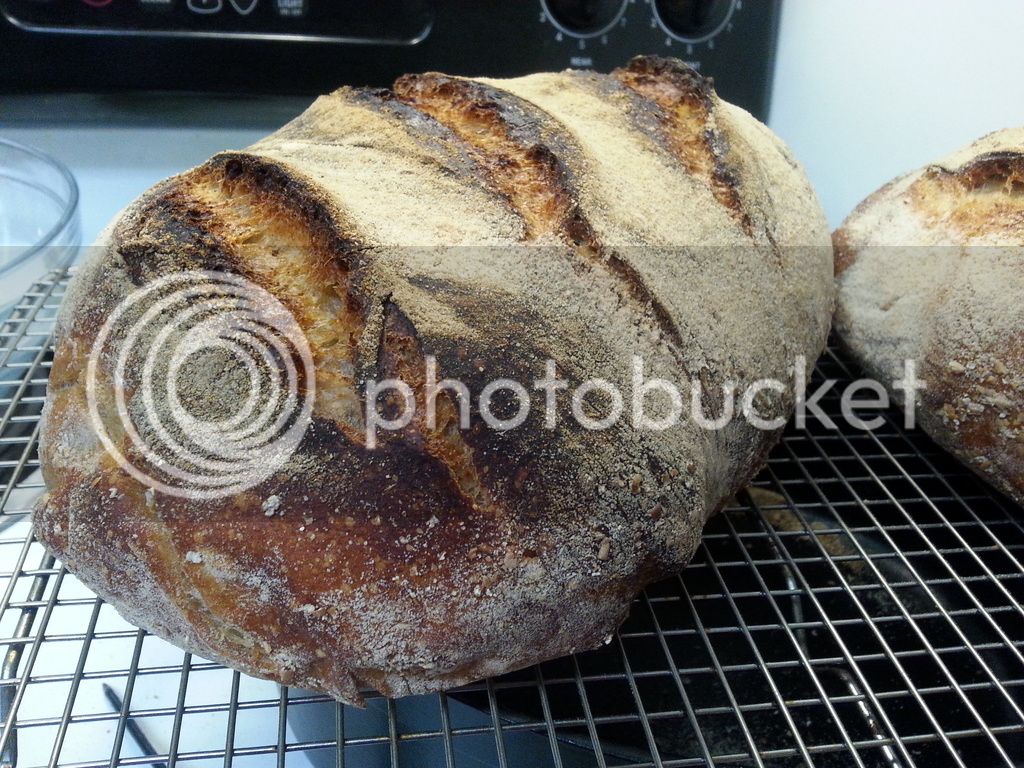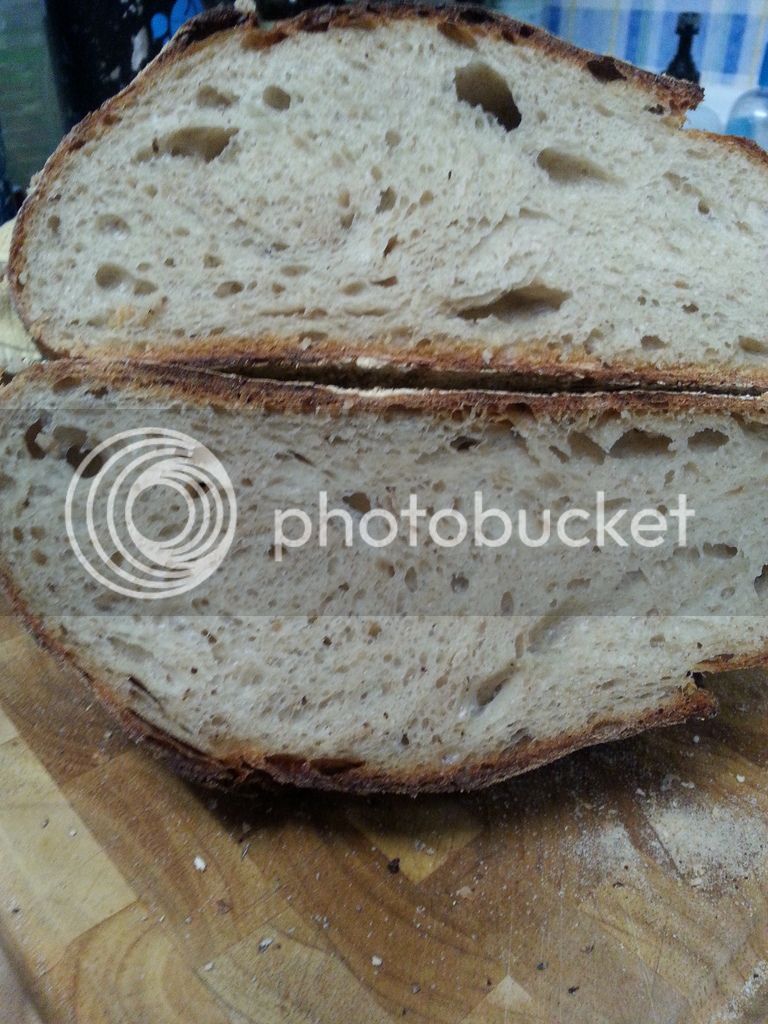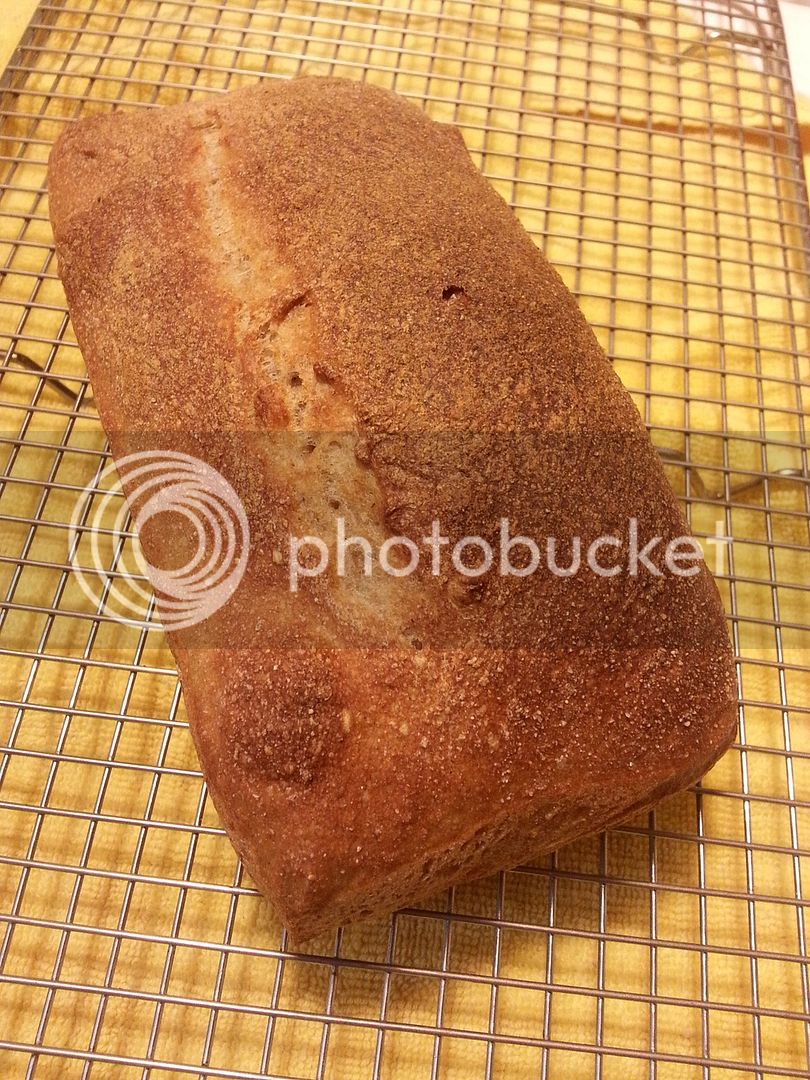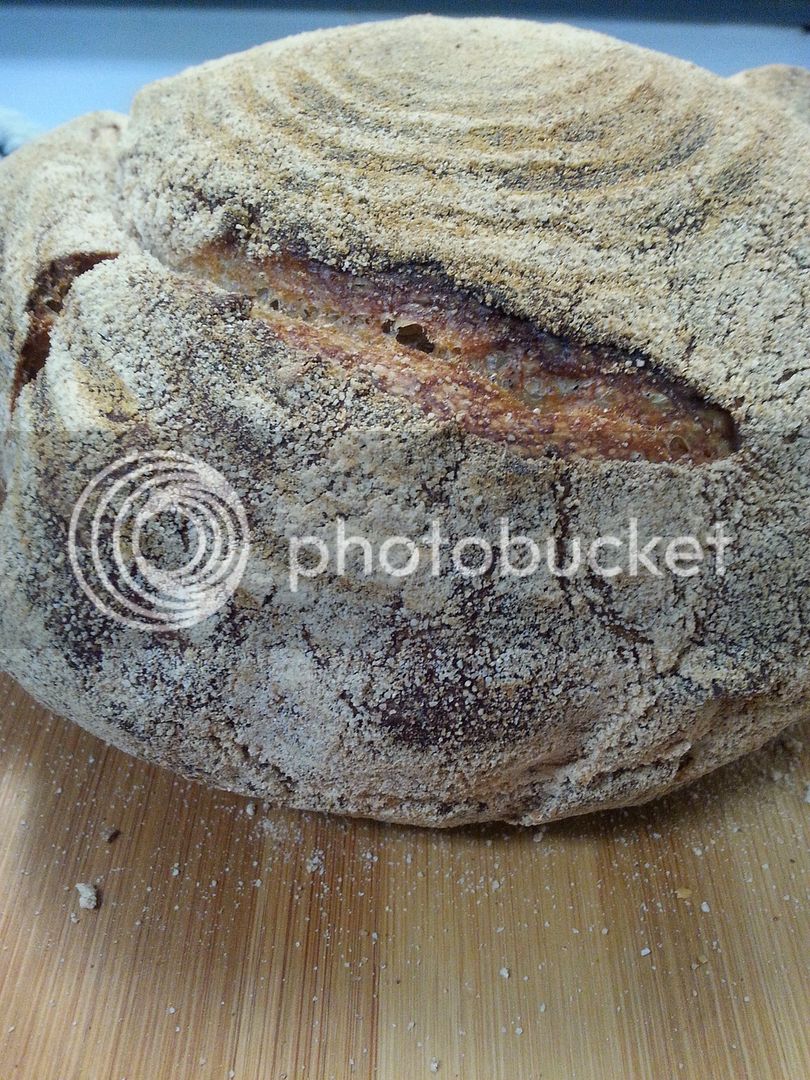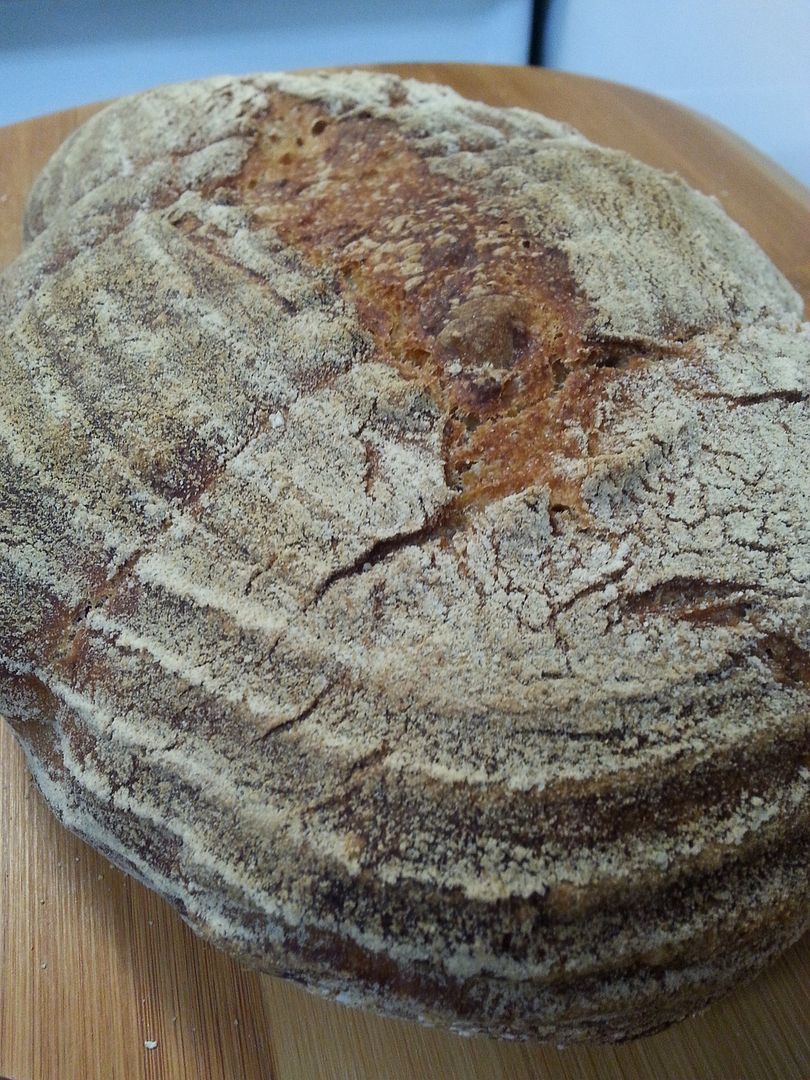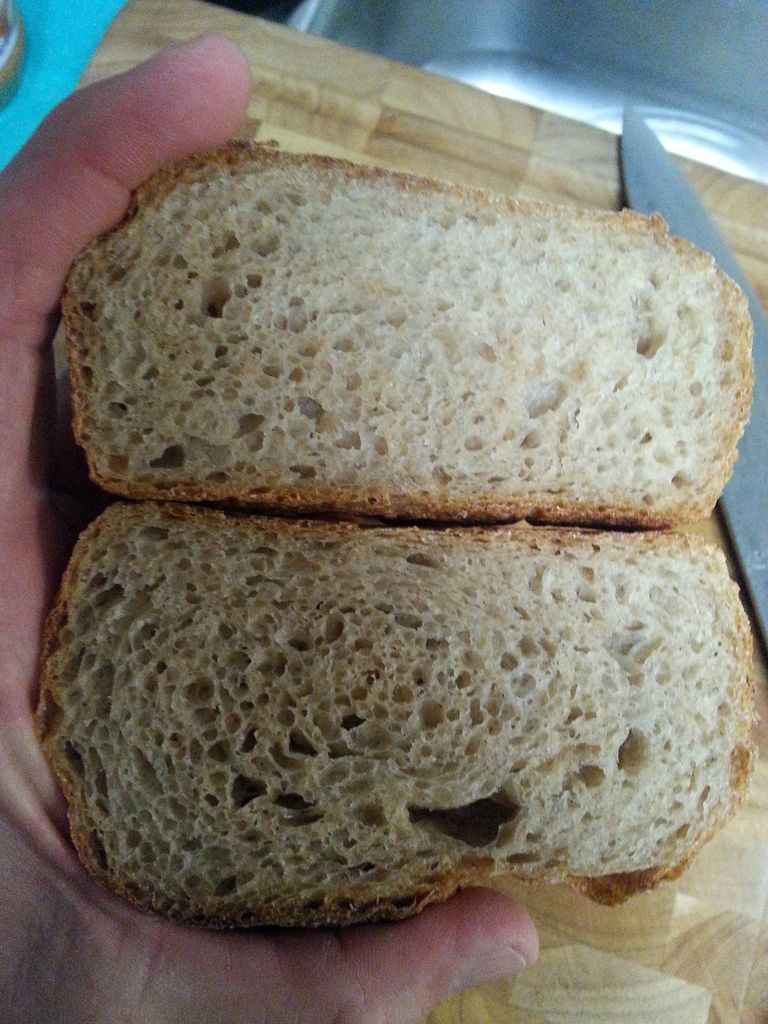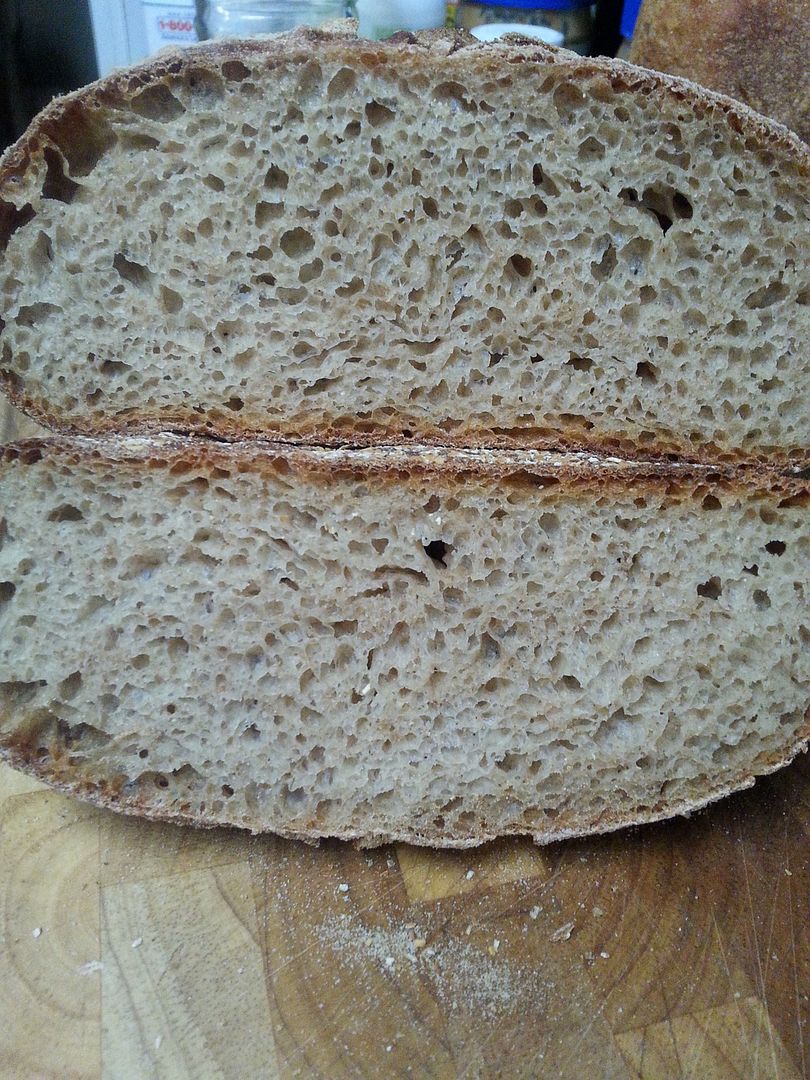Thanks Jordan, I was a bit overwhelmed by skimming the Tartine books. I wound up ordering FWSY and the Bread Bible but will go back and try one of the Tartine books next...it's funny as the one Tartine book that I didn't really check out was the third one and it sounds as if that would be a good choice.
As to the bake, my oven is a bit weird--I set it at 500 and it buries the thermometer @ 600+ but oddly enough I can set it @ 480 and it will be very close to that temp so that is where I start the process now. I like using a DO as it was mostly what I used for bread prior to attempting sourdoughs. I got two huge loaves using the Tartine recipe...I cooked the boule in a 3.5 qt oven and the batard in a 7 qt (I planned on using an oval 3.5 qt but it was so large that it barely fit the 7 qt. Guessing I may have overproofed it a bit...and maybe under kneaded it though the recipe only called for folding the dough and had no kneading steps?
As to scoring, yes I need to improve on that part of the game. I use my pocketknife but will start using a razor in the future...last loaves were actually scored but the dough was extremely soft and I didn't get a very nice (or deep) cut unfortunately. Using yeast recipes, I seem to always have a nice taught loaf that is easier to score...
Next attempt tonight is following
rye recipe from Tartinebread.blog (this recipe is by the same girl that does girlmeetsrye blog). This is 80% hydration (not counting the levain which I believe is the correct way?) so it's been really strange feeling in the early stages...all good, only rye I ever made was swapping some rye into the Lahey no knead recipe and it was delicious so looking forward to this.
Thanks for the links Chanop, plan on trying a few of her recipes though I'm not so sure the rye was the right one to start with...sourdough is gonna' take a bunch of practice to fine tune. :O BTW, your pics somehow disappeared, love it you could re-post them as it kind of gave me a nice target

